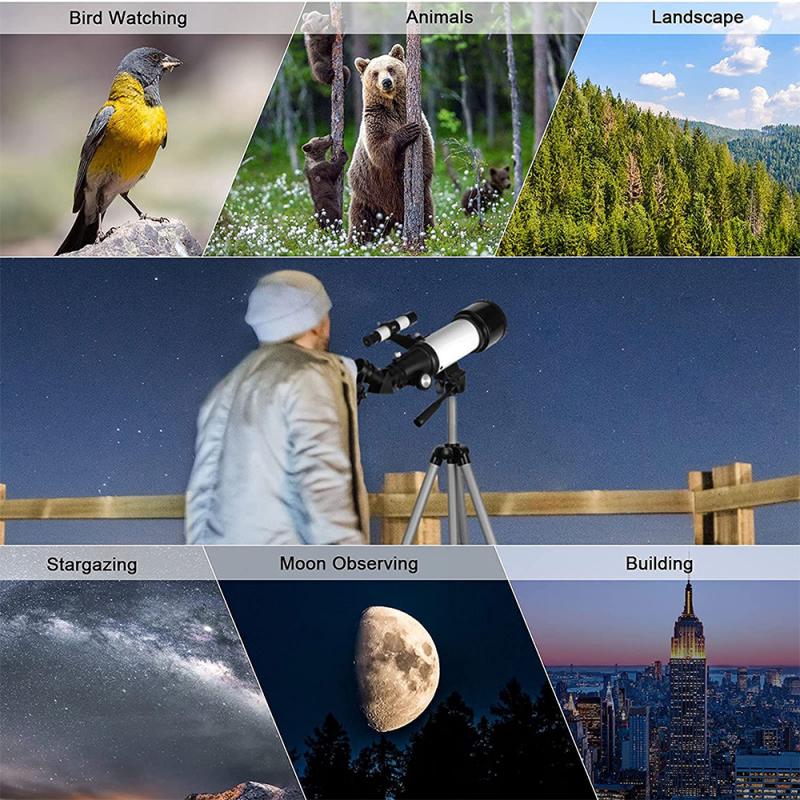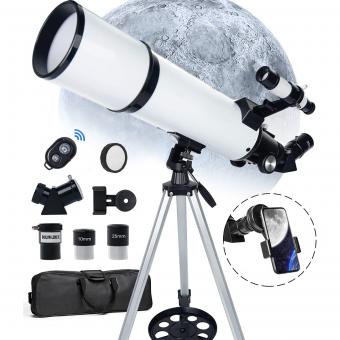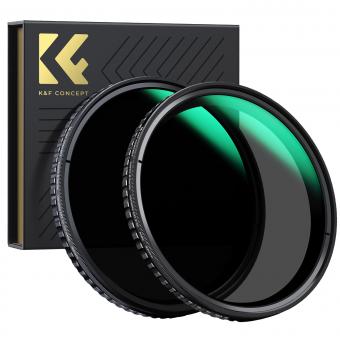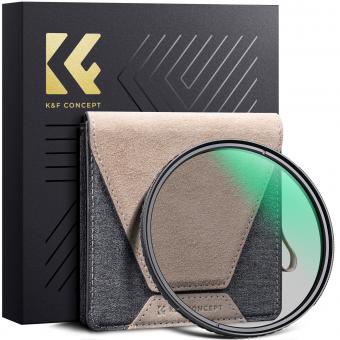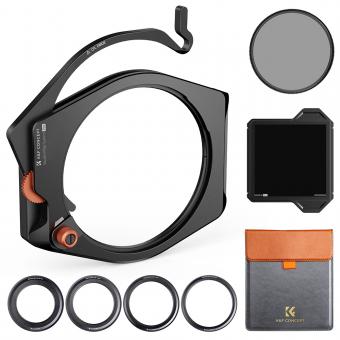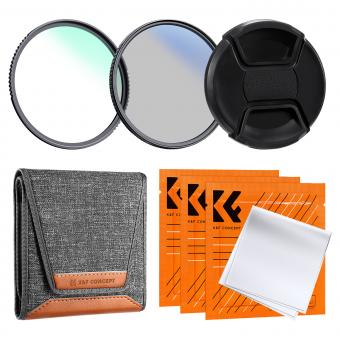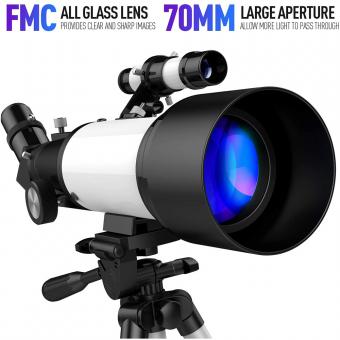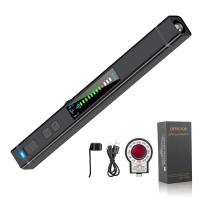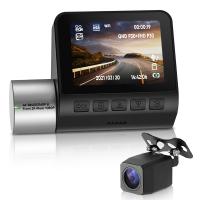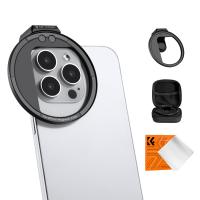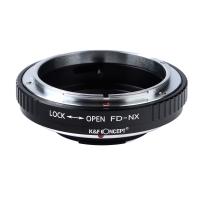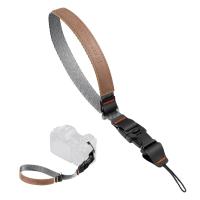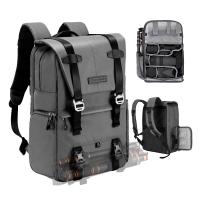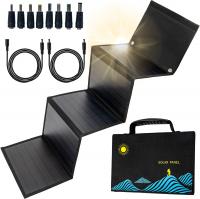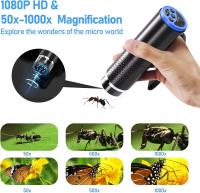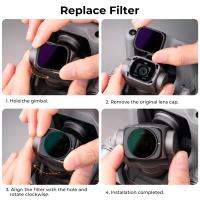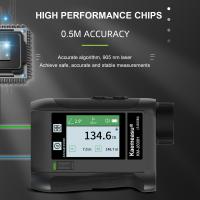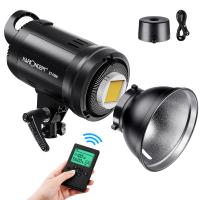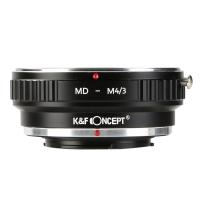How To Telescope ?
To use a telescope, first, you need to set it up on a stable surface, such as a tripod. Then, adjust the eyepiece to your eye level and focus the telescope by adjusting the focus knob until the image appears clear. Next, locate the object you want to observe by using a star chart or a smartphone app. Once you have found the object, adjust the telescope's position to keep it in view. Finally, adjust the magnification by changing the eyepiece or using a Barlow lens to get a closer look at the object. Remember to always handle the telescope carefully and avoid touching the lenses to prevent damage.
1、 Telescope Types and Designs
How to Telescope:
1. Choose the right telescope: There are three main types of telescopes: refracting, reflecting, and catadioptric. Refracting telescopes use lenses to focus light, reflecting telescopes use mirrors, and catadioptric telescopes use a combination of lenses and mirrors. Each type has its own advantages and disadvantages, so it's important to choose the one that best suits your needs.
2. Set up the telescope: Once you have chosen your telescope, you need to set it up properly. This involves assembling the tripod, attaching the telescope to the mount, and aligning the finder scope.
3. Choose the right eyepiece: The eyepiece is what you look through to see the image. Different eyepieces have different magnifications, so it's important to choose the right one for the object you want to observe.
4. Focus the telescope: Once you have chosen the right eyepiece, you need to focus the telescope. This involves adjusting the focus knob until the image is clear and sharp.
5. Observe the object: Once the telescope is focused, you can start observing the object. Use the mount to track the object as it moves across the sky.
Telescope Types and Designs:
Telescopes have come a long way since their invention in the early 17th century. Today, there are many different types and designs of telescopes, each with its own strengths and weaknesses.
One of the latest developments in telescope design is the use of adaptive optics. This technology uses a deformable mirror to correct for atmospheric distortion, allowing for clearer images. Another recent development is the use of interferometry, which combines the light from multiple telescopes to create a single, high-resolution image.
In addition to these technological advancements, there are also many different types of telescopes available. For example, there are large, ground-based telescopes like the Keck Observatory in Hawaii, as well as space-based telescopes like the Hubble Space Telescope. There are also specialized telescopes designed for specific purposes, such as radio telescopes for studying radio waves and X-ray telescopes for studying X-rays.
Overall, the world of telescopes is constantly evolving, with new designs and technologies being developed all the time. Whether you are a professional astronomer or a hobbyist, there is sure to be a telescope out there that meets your needs.
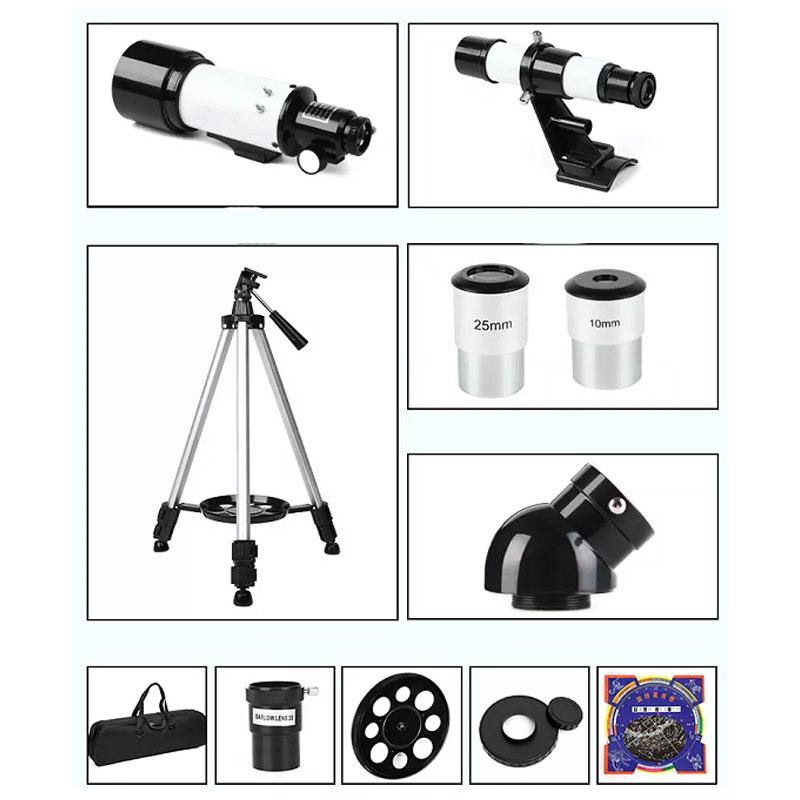
2、 Telescope Mounts and Tripods
Telescope mounts and tripods play a crucial role in the functioning of a telescope as they provide stability and support for the optical instrument. A well-mounted telescope allows for precise tracking of celestial objects, minimizing vibrations and ensuring sharp images. Here is a guide on how to telescope with adequate mounts and tripods to enhance your stargazing experience.
Firstly, select a suitable mounting system for your telescope based on its size and weight. There are various types available, including alt-azimuth and equatorial mounts. Equatorial mounts are more common and preferred for astronomical viewing due to their ability to track celestial objects as they move across the sky.
Next, ensure that the mount is stable and securely fastened to the tripod. A wobbly mount can affect the quality of your observations, so make sure all joints are tightened properly.
Align your telescope's mount with the celestial north pole to enable accurate tracking of objects. This can be done by either using a built-in polar alignment scope or by manually aligning the mount using specific stars.
Once the mount is aligned, attach your telescope to the mount. Ensure that it is securely attached and properly balanced to avoid unnecessary stress on the mount.
Now, you can start using your telescope. Point it towards your desired celestial object by adjusting the altitude and azimuth controls of the mount. Slow and smooth movements will help minimize vibrations and allow for better focus.
When tracking objects, make fine adjustments to the mount's controls to counterbalance the Earth's rotation and keep the object within the telescope's field of view.
Remember, practice is key to mastering telescope movements. Take the time to familiarize yourself with your specific equipment and its controls. Additionally, consider investing in accessories such as motorized mounts that can automate tracking and enhance your observing experience.
In conclusion, understanding how to properly telescope with appropriate mounts and tripods is essential for optimal astronomical observations. By following the steps outlined above, you can ensure stability, precision, and an enjoyable stargazing experience.

3、 Telescope Optics and Focusing
Telescope Optics and Focusing:
Telescopes are optical instruments that are used to observe distant objects in space. They work by collecting and focusing light from the object being observed, which is then magnified and viewed through an eyepiece. The quality of the image produced by a telescope depends on the quality of its optics and the accuracy of its focusing mechanism.
To telescope, first, you need to set up your telescope in a location with a clear view of the sky. Then, you need to align the telescope with the object you want to observe. This can be done using a star chart or a computerized telescope mount. Once the telescope is aligned, you can adjust the focus to get a clear image of the object.
Telescope optics are designed to gather as much light as possible and focus it onto a small point. The quality of the optics determines the clarity and sharpness of the image produced by the telescope. The most common types of telescope optics are refracting and reflecting telescopes. Refracting telescopes use lenses to focus light, while reflecting telescopes use mirrors.
Focusing a telescope is a critical step in getting a clear image of the object being observed. The focusing mechanism of a telescope can be adjusted by turning a knob or moving a lever. The focus should be adjusted until the object being observed appears sharp and clear.
In recent years, advances in telescope technology have led to the development of new types of telescopes, such as the adaptive optics telescope. These telescopes use computer-controlled mirrors to adjust the focus in real-time, compensating for atmospheric distortion and producing even clearer images of distant objects in space.

4、 Telescope Accessories and Filters
How to Telescope:
1. Choose the right telescope: There are three main types of telescopes: refractor, reflector, and compound. Each has its own advantages and disadvantages, so it's important to choose the one that best suits your needs.
2. Set up your telescope: Once you have your telescope, you'll need to set it up properly. This includes attaching the mount, aligning the finder scope, and attaching any accessories.
3. Use the right eyepiece: The eyepiece is what you look through to see the image. Different eyepieces have different magnifications, so it's important to choose the right one for the object you're observing.
4. Focus your telescope: Once you have the right eyepiece, you'll need to focus your telescope. This can be done by adjusting the focus knob until the image is clear and sharp.
5. Track the object: As the Earth rotates, objects in the sky will appear to move. To keep the object in view, you'll need to adjust the telescope's tracking mechanism.
Telescope Accessories and Filters:
1. Barlow lens: A Barlow lens is a type of lens that increases the magnification of your telescope. It's a great accessory for observing planets and other small objects.
2. Moon filter: A moon filter is a filter that reduces the brightness of the moon, making it easier to observe. It's especially useful during a full moon when the brightness can be overwhelming.
3. Light pollution filter: Light pollution filters are designed to reduce the amount of light pollution in the sky. They're especially useful for observing deep-sky objects like galaxies and nebulae.
4. Solar filter: A solar filter is a filter that allows you to observe the sun safely. It's important to use a solar filter when observing the sun to avoid damaging your eyes.
5. Collimation tool: Collimation is the process of aligning the mirrors in a reflector telescope. A collimation tool makes this process much easier and more accurate.
The latest point of view is that telescope accessories and filters can greatly enhance your observing experience. With the right accessories, you can increase the magnification of your telescope, reduce light pollution, and observe the sun safely. It's important to choose the right accessories for your needs and to use them properly to get the best results.
